In a memorable sequence near the mid-point of Never Look Away (2018), the young artist Kurt Barnert, having fled a life of mural painting in East Germany for the greater freedoms of the West, enrols at the Kunstakademie Düsseldorf. A fellow student escorts him on a tour of the building, past would-be provocateurs firing arrows into wood, slashing holes in canvases, and smearing each other with primary colour pigments. Art, Kurt’s new studio-mate tells him, has entered the age of the big idea. Here are the ‘slashers’. There are the installations made out of potatoes. Has he heard of International Klein Blue? Nobody paints any more. Painting is dead.
It’s a wonderful moment for the actor Tom Schilling as Kurt, his expression flickering between curiosity, deference, incredulity, and disdain. Painting, he alone knows, isn’t dead. After a series of dutiful experiments with slashing and performative composition, he will return to the basic materials of canvas, charcoal, and paint to develop a new form of representation, one capable of confronting directly the traumas of 20th-century German history.
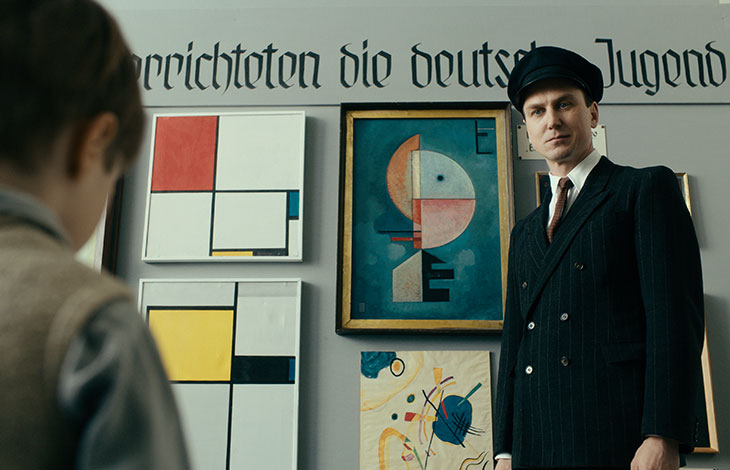
© 2018 BUENA VISTA INTERNATIONAL/Pergamon Film/Wiedemann & Berg Film
The story of how Kurt finds his style plays out on a grand scale over the three hours of Never Look Away, tangled up with the threads of complicity and secrecy that ran through German life in the aftermath of the Second World War. Like Florian Henckel von Donnersmarck’s first feature, the Oscar-winning The Lives of Others (2006), the film investigates the psychological burdens placed on the artist, and on wider society, by a repressive regime, though here matters are complicated further by the replacement of one reign of repression by another. This leads to some clumsy parallels: having begun with a young Kurt being taken to visit a pre-war Nazi exhibition of ‘Entartete Kunst’ (‘degenerate art’), the film soon has his lecturer at the Communist-controlled Dresden Academy of Fine Arts running through a similar denunciation of degenerate Western formalism in Picasso and Francis Bacon.
The model for Kurt’s art, as well as his life story, is Gerhard Richter, although the art itself doesn’t get much screen time, and the film often seems oddly indifferent to the implications of the images that have inspired it. The German title – Werk Ohne Autor – has been dropped in favour of the more straightforward Never Look Away, but the German has the advantage of drawing attention to the mismatch between the artistic practice the film depicts, based on Richter’s stylistic experimentations of the early to mid 1960s, and the bland prettiness of Caleb Deschanel’s cinematography. The young Kurt Barnert thinks of his blurred black-and-white images, culled from photographs and newspapers, as ‘works without an author’ because the traditional role of the artist in determining the focus and significance of the image has dissolved into the technologically mediated visual fidelity of the photograph. No longer the authority behind the image, the painter reproduces not what is meaningful, but what is there, recorded in full by the camera. The film, meanwhile, seems like a work without an author in a quite different sense. In the bland conformity of its cinematography – its wintry East German greys, its punchy West German neon, its soft focus and predictable framing – it seems to have no identifiable style of its own, nor does it seem to have learned anything visually from the artist whose work it so heavily leans on as a plot device.
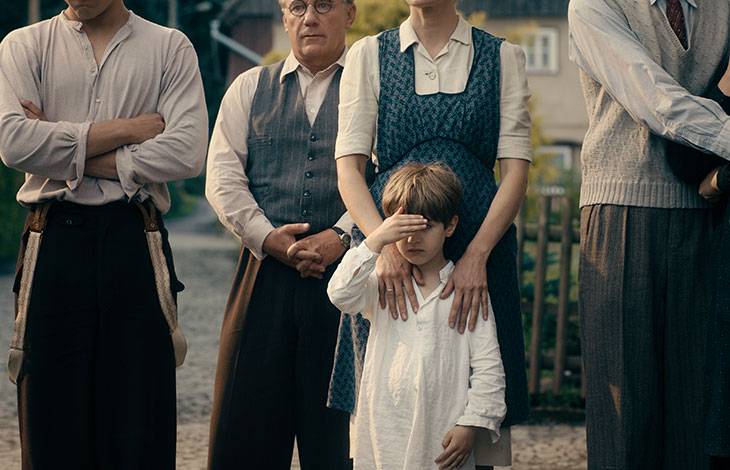
© 2018 BUENA VISTA INTERNATIONAL/Pergamon Film/Wiedemann & Berg Film
One exception is the film’s repeated attempt to capture the gaze of the artist, as when Kurt in childhood gazes at a scene through his spread fingers, producing – aha! – a Richterish blur. That sort of literalism suggests a lack of serious thought about painting and the making of visual art, beyond the immediately appealing prospect of telling the story of post-war Germany through the eyes of a painter. Another low point comes when the young Kurt witnesses the bombing of Dresden from his family’s house in the nearby countryside. Glittery tinfoil chaff rains delicately on the watching Barnerts as a neat formation of computer-generated bombers fills the screen, swooping over the distant city. It’s a striking image, but the framing and pacing of the scene leaves it feeling so slickly sentimentalised, as to travesty the painting – Richter’s Bombers (1963) – that it is clearly intended to evoke.
The film seems to enjoy this business of finding origin stories for particular paintings or techniques, and Richter connoisseurs can while away some of the epic run time by spotting various allusions to his real works among Donnersmarck’s Richteresque mock-ups. See Never Look Away for its set of superb performances, for its glossy against-the-odds love story, for Max Richter’s rumbling, soaring score. Just don’t go looking for art.
Unlimited access from just $16 every 3 months
Subscribe to get unlimited and exclusive access to the top art stories, interviews and exhibition reviews.

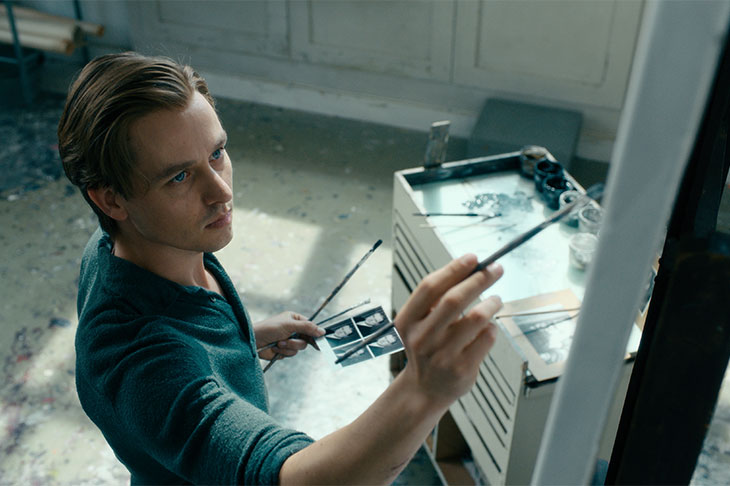
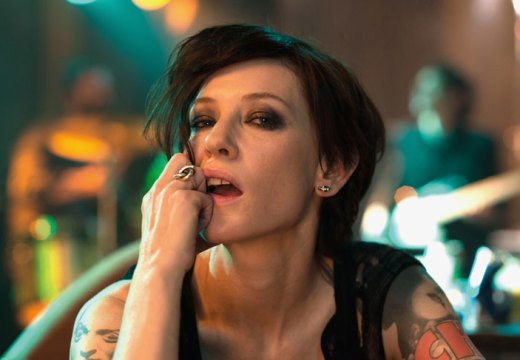
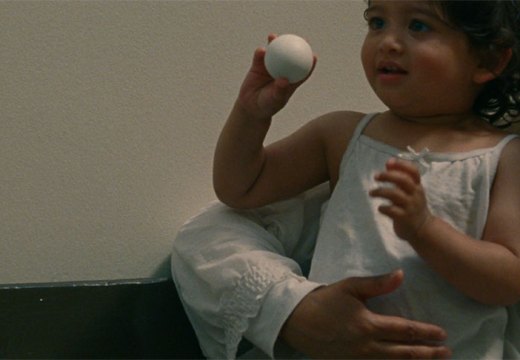










![Masterpiece [Re]discovery 2022. Photo: Ben Fisher Photography, courtesy of Masterpiece London](http://www.apollo-magazine.com/wp-content/uploads/2022/07/MPL2022_4263.jpg)
It’s time for the government of London to return to its rightful home